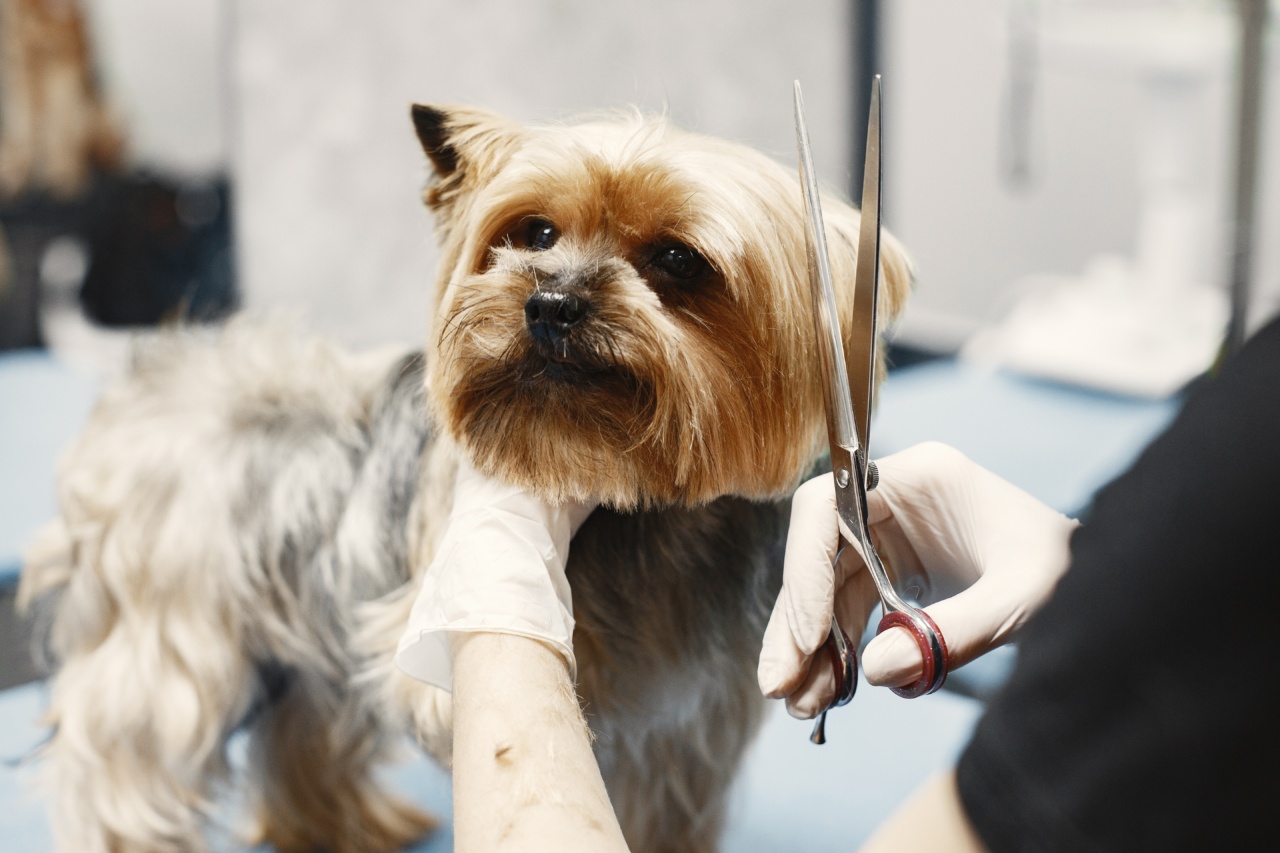Bees are fascinating creatures that play a crucial role in our ecosystem. While most of us appreciate their important work as pollinators, their stings can be painful and even dangerous, especially for those who are allergic to them.
But have you ever wondered what happens when a dog gets stung by a bee? In this article, we will explore the consequences of a bee sting on our furry friends and how to handle such situations.
An Unfortunate Encounter
Imagine a bright sunny day, and your dog is happily exploring the great outdoors. Suddenly, a bee crosses paths with your curious canine and out of curiosity or sheer bad luck, your furry friend gets stung.
Just like humans, dogs too can have adverse reactions to bee stings.
Immediate Reactions
When a dog gets stung by a bee, the first reaction is often immediate pain and discomfort. Your dog may start whimpering, yelping, or even howling in agony.
They may also exhibit signs of distress such as itching, restlessness, and excessive licking or scratching near the affected area.
Physical Symptoms
The physical symptoms of a bee sting on a dog can vary depending on the location of the sting and the severity of the dog’s reaction. Some common physical symptoms include:.
-
Swelling and Redness
One of the most apparent signs of a bee sting is swelling and redness around the affected area. Depending on the dog’s sensitivity, the swelling can range from mild to severe and can be accompanied by warmth and tenderness.
-
Pain and Discomfort
As mentioned earlier, the initial pain and discomfort caused by the sting can be quite intense for dogs. They may try to bite or scratch the area to relieve the pain, which can cause further irritation or even break the skin.
-
Hives or Rash
In some cases, dogs may develop hives or a rash all over their body as a reaction to the bee sting. These itchy bumps can appear within minutes or hours after the sting, indicating an allergic response.
-
Difficulty Breathing
In severe cases, a dog’s airways may become constricted due to the allergic reaction, resulting in difficulty breathing. This is a life-threatening situation that requires immediate veterinary attention.
-
Vomiting or Diarrhea
Some dogs may experience gastrointestinal symptoms such as vomiting or diarrhea after getting stung by a bee. These symptoms may arise due to the dog’s body trying to expel the toxins from the system.
-
Weakness or Collapse
In rare, severe cases, a dog’s body may go into shock as a response to the bee venom. This can lead to weakness, collapse, and even unconsciousness.
What to Do
If you suspect that your dog has been stung by a bee, it’s essential to take prompt action to alleviate their discomfort and prevent any further complications. Here are a few steps you should follow:.
-
Remove the Stinger
Before anything else, carefully inspect the sting site to see if the stinger is still embedded in your dog’s skin.
If you can locate it, use a pair of tweezers or your fingernails (if you don’t have any tools available) to gently and swiftly remove the stinger. Be careful not to squeeze the venom sac, as it can release more venom into your dog’s body.
-
Apply Cold Compress
To reduce swelling and soothe pain, apply a cold compress or ice pack wrapped in a cloth to the affected area. This can help minimize the dog’s discomfort and prevent excessive inflammation.
-
Administer Antihistamines (if recommended by a veterinarian)
If your dog has a history of bee sting allergies or is experiencing moderate to severe symptoms, it’s crucial to seek veterinary advice before administering any medication.
Depending on your dog’s condition and the veterinarian’s recommendation, antihistamines may be prescribed to help counter the allergic reaction.
-
Monitor Your Dog
After a bee sting, closely monitor your dog for any changes in behavior or the appearance of new symptoms.
Keep a record of the time of the sting and the progression of symptoms, as this information can be helpful for the veterinarian in case further treatment is needed.
-
Seek Veterinary Care
If your dog exhibits severe symptoms such as difficulty breathing, collapse, or intense swelling, it is crucial to seek immediate veterinary care.
These signs may indicate an anaphylactic reaction, which can be life-threatening without prompt medical intervention.
Prevention is Key
While it’s impossible to completely eliminate the risk of bee stings, there are a few precautions you can take to reduce the chances of your dog encountering these buzzing insects:.
-
Avoid Flowering Areas
Be extra cautious when walking your dog near flowering plants or areas known to attract bees. Teach your dog to stay away from flowers and be mindful of the buzzing sounds.
-
Keep Food and Drinks Covered
During picnics or outdoor gatherings, ensure that food and drinks are covered to avoid attracting bees. Dogs are naturally curious and may try to investigate any unattended picnic leftovers!.
-
Maintain a Well-Groomed Yard
Regularly trim your lawn and prune any flowering shrubs or trees in your yard. This reduces the overall bee population in your immediate surroundings.
-
Avoid Insecticides
Avoid using insecticides or chemicals that attract bees in your garden or on your pet. These can increase the chances of your dog encountering these buzzing insects.
-
Consider Bee-Friendly Plants
If you have a garden, consider planting bee-friendly flowers and herbs away from the play areas frequented by your dog. This can divert bees’ attention away from your dog and reduce the likelihood of a sting.
Conclusion
A bee sting can be a painful and distressing experience for your furry companion. However, by taking swift action and following the necessary precautions, you can minimize the impact of a bee sting on your dog’s health.
Remember to monitor your dog closely after a sting and seek veterinary care if necessary. With the right knowledge and preventative measures, you can keep your four-legged friend safe from the discomfort of bee stings.






























